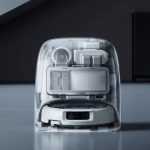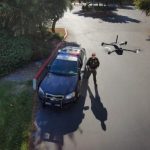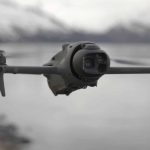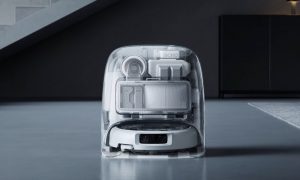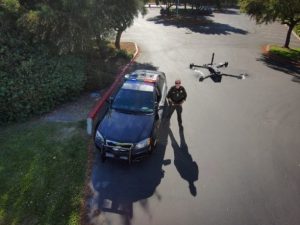Lyten Launches Drone Propulsion Initiative with U.S.-Made Lithium-Sulfur Batteries
New Battery Platform Supports National Security with Lightweight, Long-Endurance Energy Systems for Defense UAVs
Lyten, a Californian battery manufacturer and supermaterial innovator, has unveiled a new initiative aimed at bolstering U.S. national security through the development of advanced lithium-sulfur (Li-S) batteries tailored for drones. The company is dedicating manufacturing capabilities at its San Jose location specifically for the defense, UAV, and satellite sectors.
This initiative is strategically aligned with two major objectives of the U.S. Department of Defense: minimizing dependence on foreign supply chains and enhancing the performance of unmanned systems. Importantly, Lyten’s batteries are both sourced and produced domestically within the United States.
“As defense strategies increasingly integrate unmanned and autonomous systems, the majority of these technologies rely on materials and batteries obtained from geopolitical adversaries,” stated Dan Cook, Lyten Co-Founder and CEO. “Our lithium-sulfur battery platform addresses this pressing concern by delivering lightweight, high-efficiency power solutions that are both sourced and manufactured in America.”
Demonstrated Performance in Real-World UAV Testing
Lyten recently showcased its battery capabilities during a successful flight of a domestically built drone. This aircraft, engineered by Titan Dynamics with battery integration from Upgrade Energy, flew in Palos Verdes, California, boasting an 8.5-foot wingspan and achieving speeds of up to 86 mph for over three hours.
Anticipated for release in July 2025, the next iteration of Lyten’s lithium-sulfur battery aims to offer up to 8 hours of flight time on the same drone platform.

Lyten’s Li-S batteries are free from nickel, manganese, cobalt, and graphite—materials typically imported from Chinese supply chains. This compliance with the National Defense Authorization Act (NDAA) enhances their endurance, payload capacity, and operational range.
Battery Technology Designed for Strategic Applications
The company’s lithium-sulfur battery technology offers potential advantages extending beyond drone applications. According to Celina Mikolajczak, Lyten’s Chief Battery Technology Officer, “Lightweight propulsion is essential across numerous industries. Satellites, drones, electric vehicles (EVs), and micromobility solutions can all benefit significantly from the implementation of lighter batteries. We’ve developed the lithium-sulfur battery platform to ensure this lightweight performance while circumventing materials that are vulnerable to geopolitical tensions and supply chain disruptions.”
Currently, Lyten is open for orders for its latest UAV battery. The lithium-sulfur platform has garnered interest from the Defense Innovation Unit, with a technology demonstration planned aboard the International Space Station later in 2025. Notably, Lyten’s battery systems have successfully completed over 3,000 charge cycles for satellite uses.
About Lyten
Founded in 2015, Lyten developed a proprietary materials platform referred to as Lyten 3D Graphene, utilized in creating decarbonization products, including its Li-S batteries. With over $425 million in equity investment and more than 520 patents granted or pending, the company is expanding its manufacturing base in California. The recent acquisition of Northvolt’s San Leandro plant will enable a scaling of production to meet rising demand.
In addition to their UAV work, Lyten plans to incorporate its technology into AEVEX Aerospace platforms and Stellantis’ Chrysler Halcyon EV. The company has received accolades from Fast Company and Time for its innovative advancements in green energy technology.
Read more:

